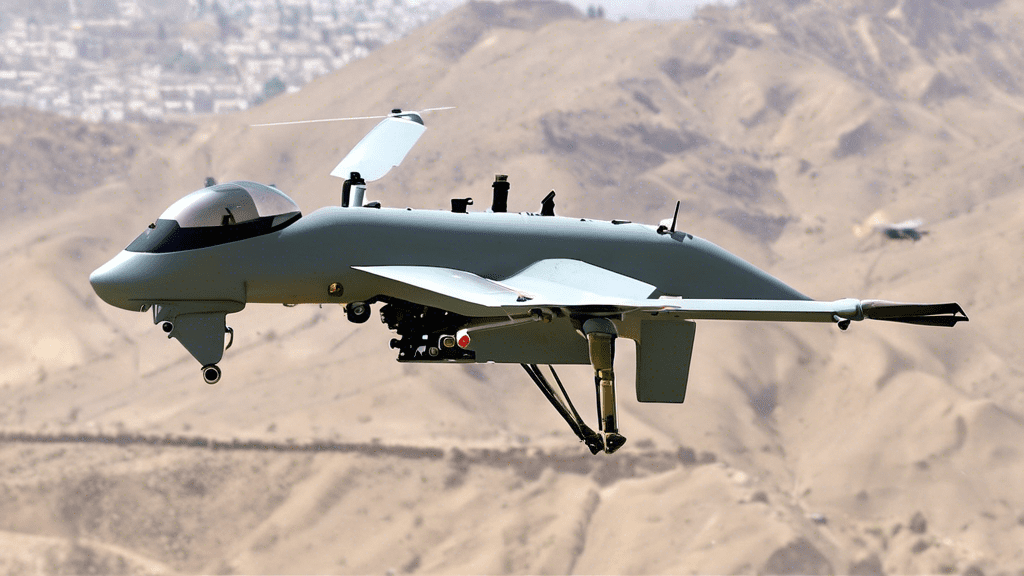The landscape of conflict in the Middle East continues to evolve, particularly with the increasing use of drones by Iranian-backed militias against Israel. As of November 1, 2024, this strategy seems to be intensifying, with these groups employing advanced drone technology to expand their range and capabilities. Let’s break down what’s been happening and the implications it carries for the region.
Escalation of Drone Warfare
In recent weeks, the Islamic Resistance in Iraq, which includes various Iranian-backed Iraqi militias, has ramped up their drone attacks targeting Israel. Drones like the Shahed-101 and Shahed-136 have become common elements in their arsenal, with reports of multiple attacks occurring on October 31 and November 1, showcasing a noticeable escalation. This surge not only marks a shift in tactics but also indicates a strategic messaging effort from these groups, signaling their capacity and resolve to challenge Israel.
This spike in drone operations isn’t just a spontaneous outburst; it’s part of a larger retaliatory framework orchestrated by Iranian leadership. Following Israeli Defense Forces strikes on Iranian military positions, Iranian Supreme Leader Ali Khamenei appears to have green-lighted these drone operations as a means to counteract perceived aggressions and demonstrate operational capabilities. Although many drones are being intercepted, the fact that they are being launched daily presents a persistent threat that Israel must continually address.
Strategic Implications
The use of drones serves dual purposes for these militias: it acts as an offensive tool and conducts reconnaissance-in-force operations. By testing Israeli air defenses, these drones help the militias better understand how to counteract Israel’s aerial strategies, refining their techniques in the process. The Shahed-101 has a range of about 600 kilometers, while the Shahed-136 boasts an impressive range of around 2,500 kilometers, enabling them to strike deep into Israeli territory.
Furthermore, these drone operations are part of a broader coalition effort involving other Iranian allies, such as Hezbollah in Lebanon and Houthi forces in Yemen. This regional collaboration opens up various fronts from which Israel must defend itself. The combined actions from these militias create a more complex security environment, prompting Israel to reassess and strengthen its defensive measures.
Interestingly, this strategy also benefits Iran strategically. By utilizing proxy forces like Iraqi militias, Iran can maintain a certain level of deniability regarding the attacks, thus safeguarding its own resources, particularly its dwindling long-range missile stockpile. This enables them to strike at Israel without directly implicating themselves too heavily, complicating Israel’s response options.
Amid these developments, public sentiment in Iran seems to be leaning towards support for the militias’ actions against Israel, with hardline factions celebrating the attacks. Demonstrations in Tehran have shown backing for the military operations, further embedding these actions within the political narrative. The ongoing fighting and the high stakes involved mean that both sides are likely to continue amplifying their responses, keeping the region on edge.
